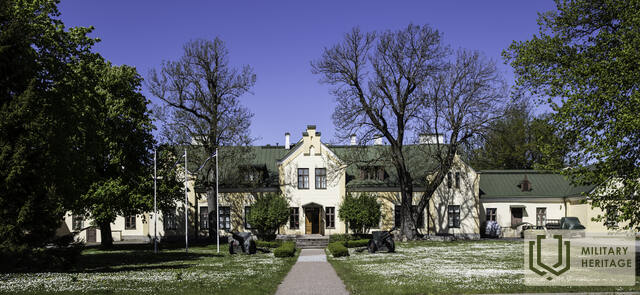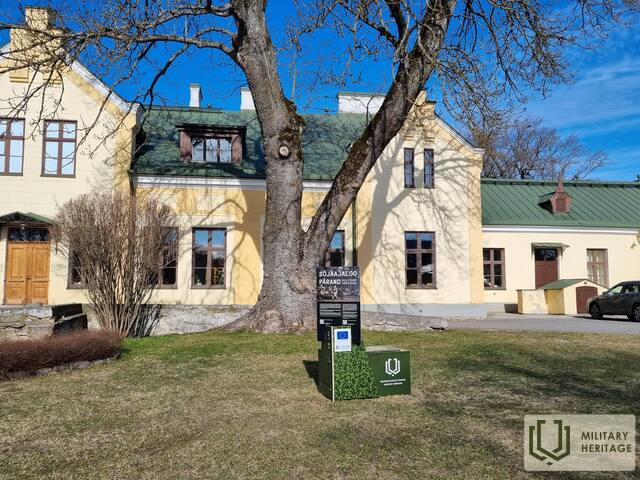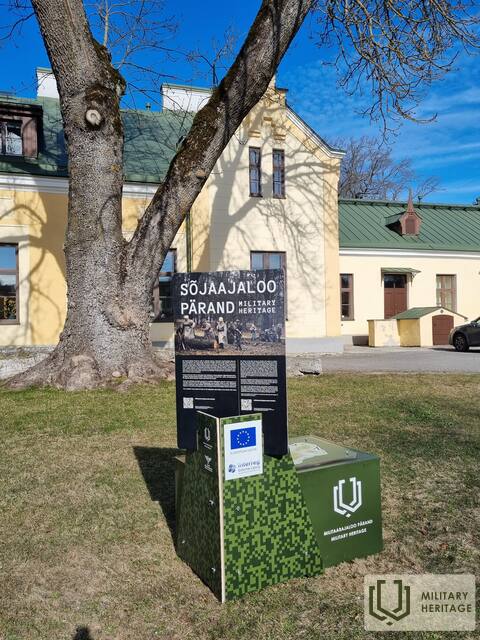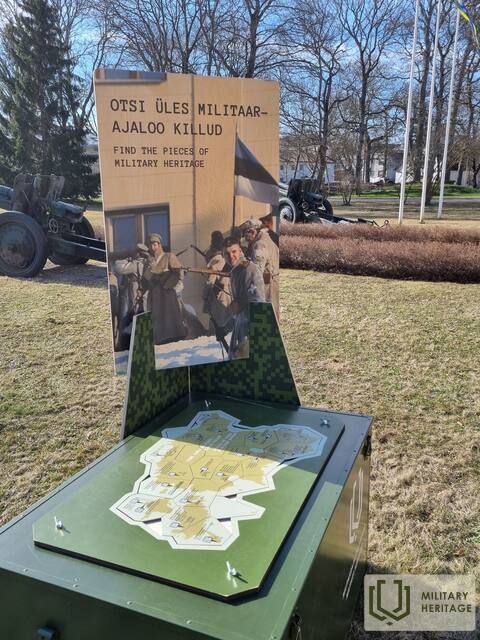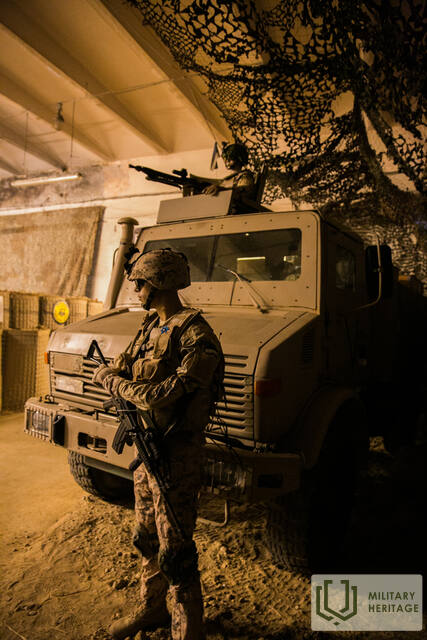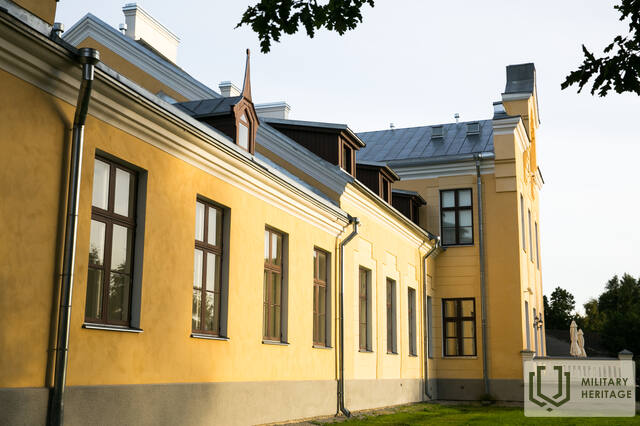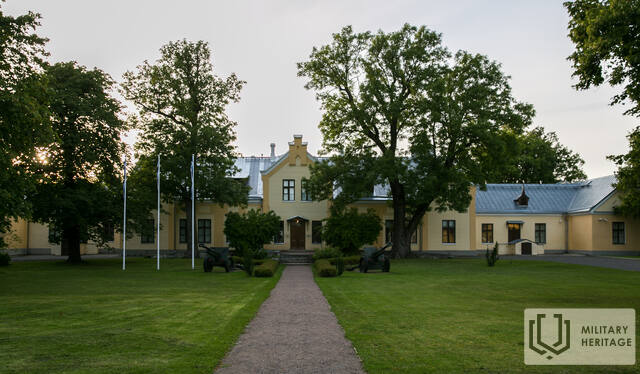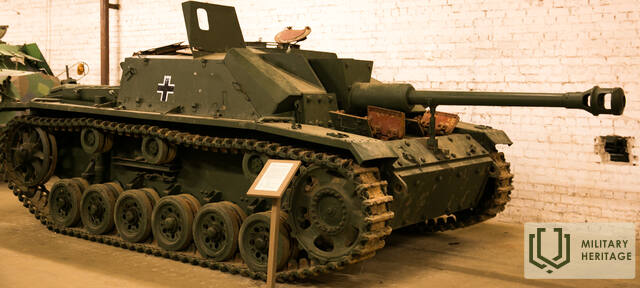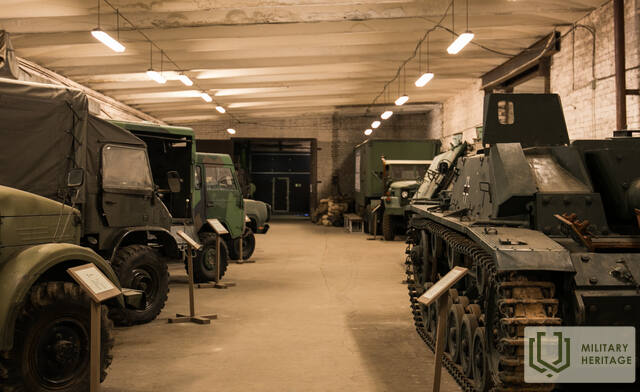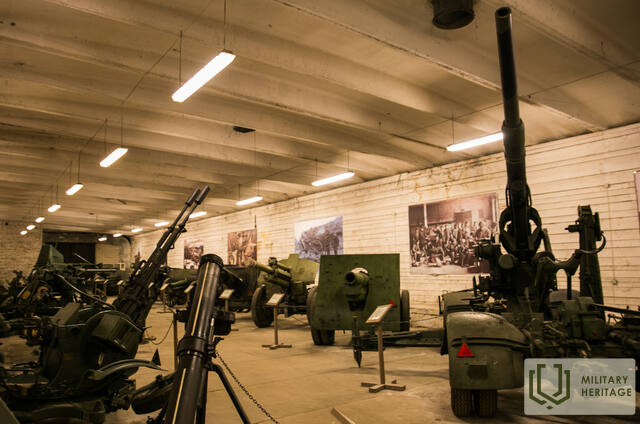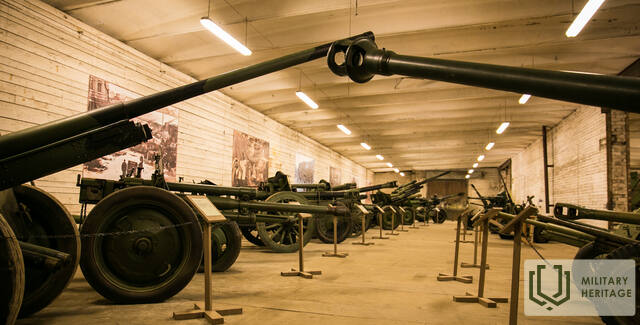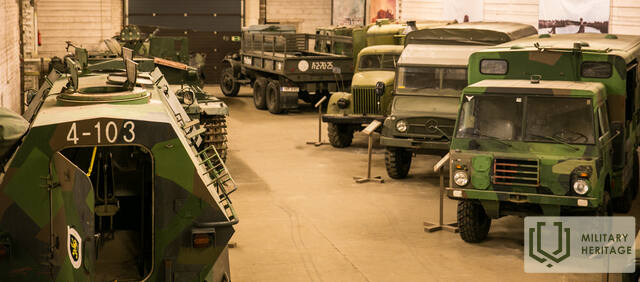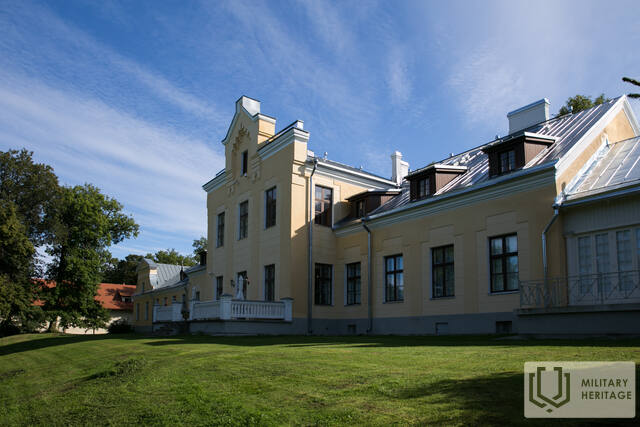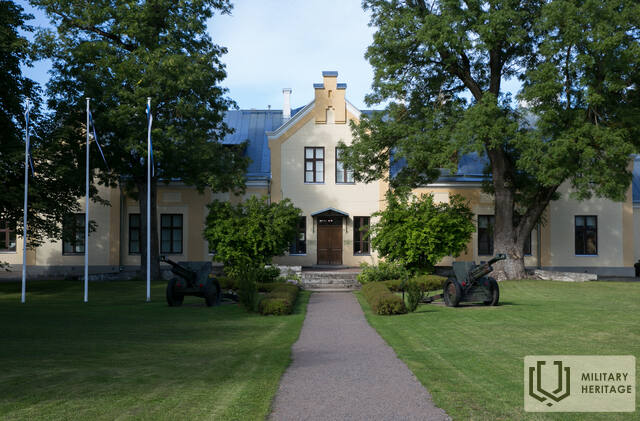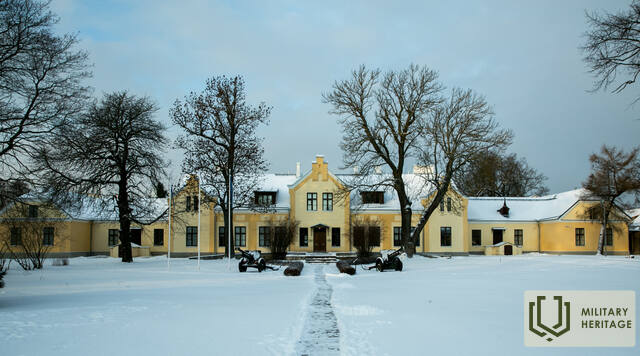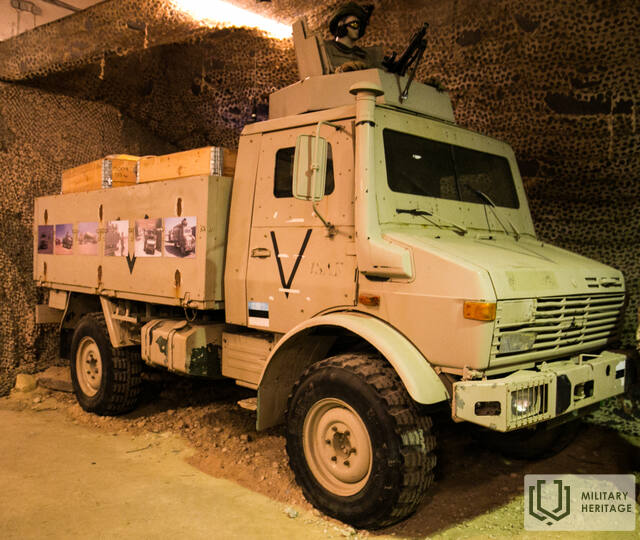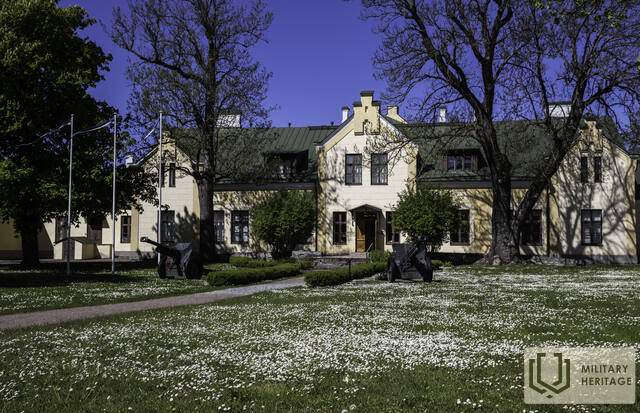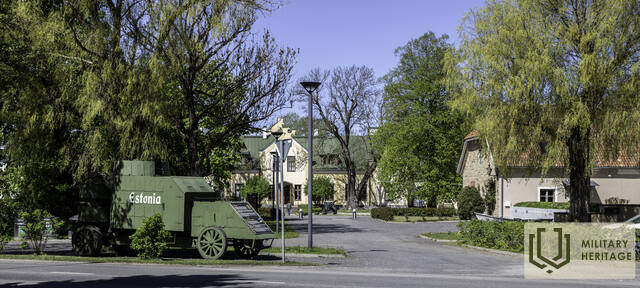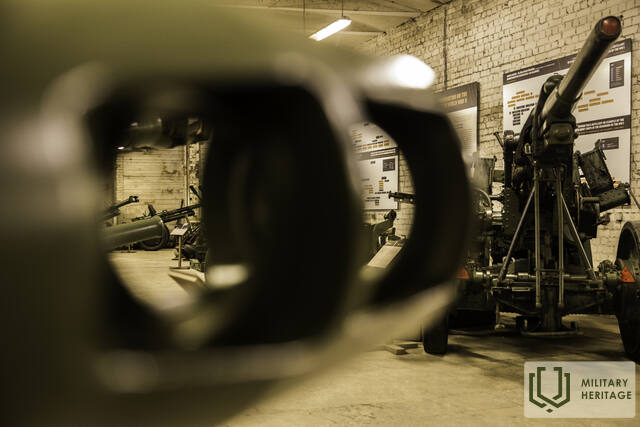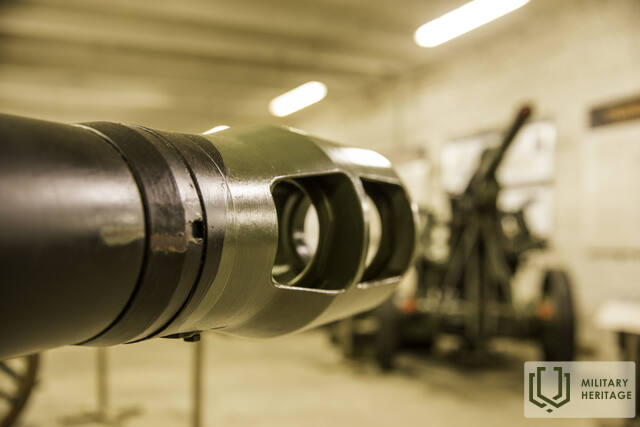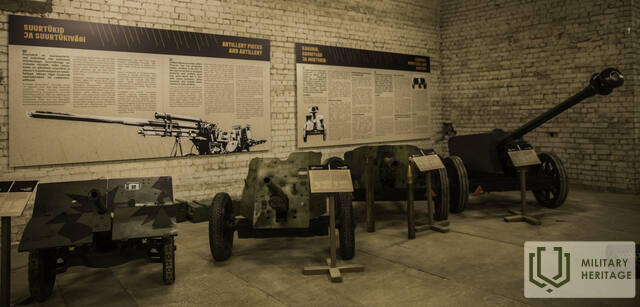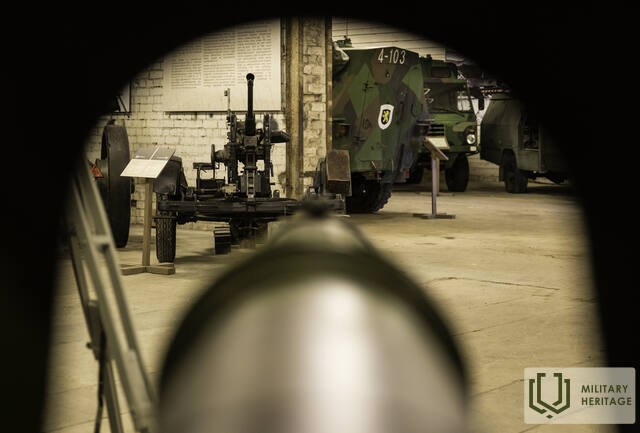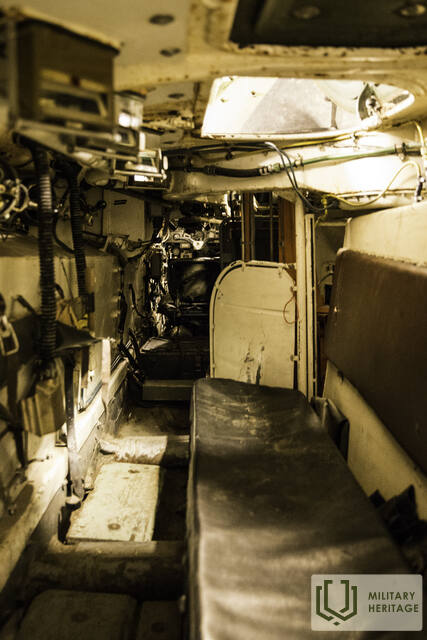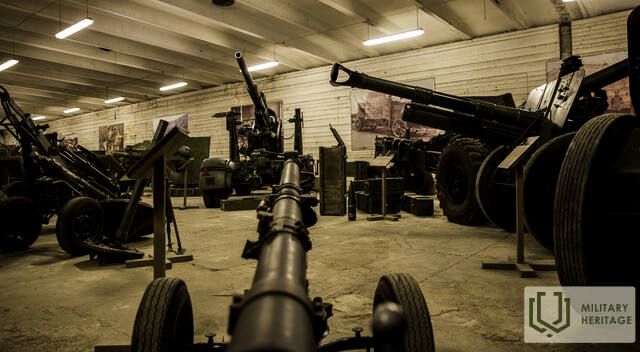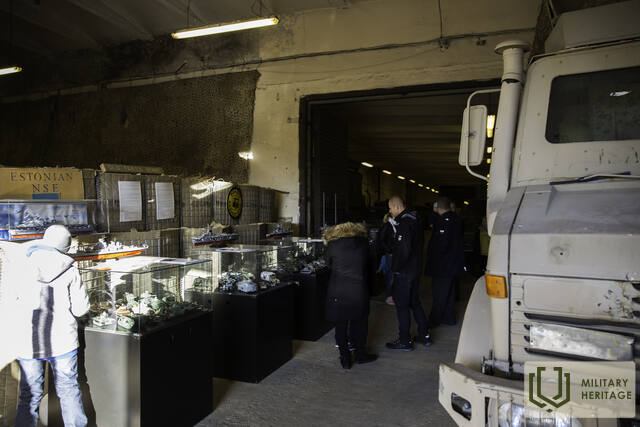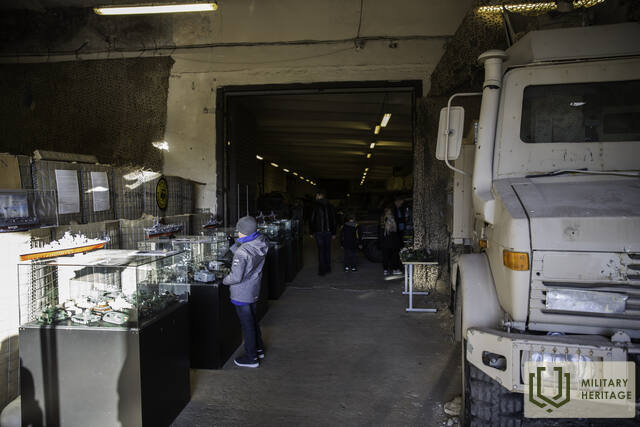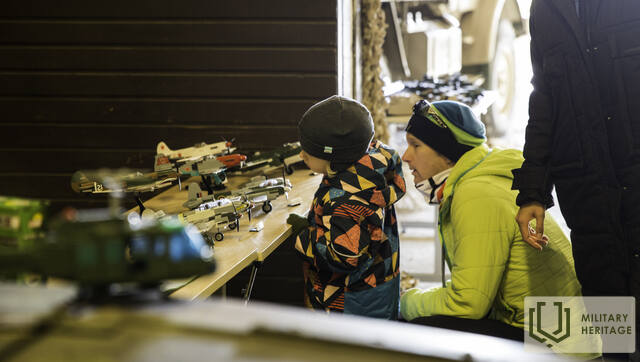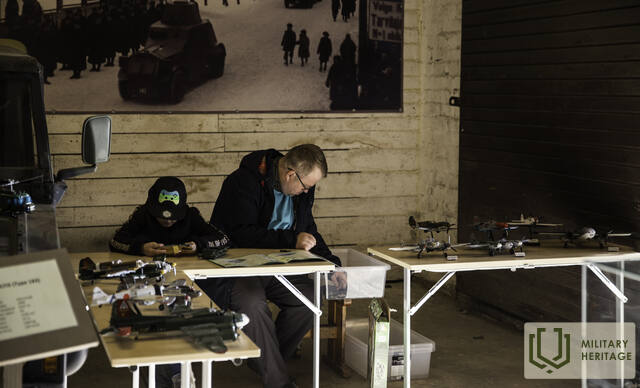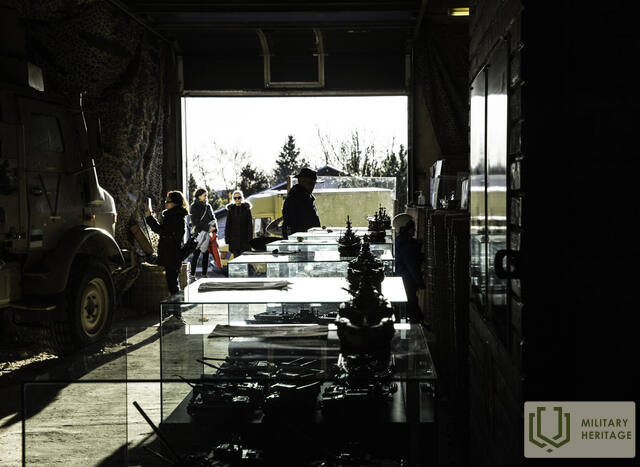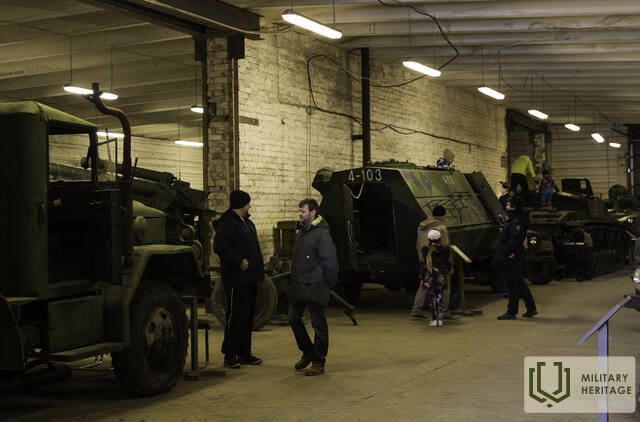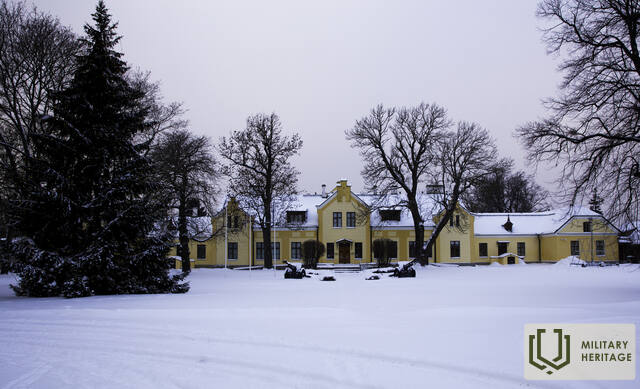Estijos Karo muziejus – generolo Laidonero muziejus
Muziejus

Šis muziejus, nuo 2001 m. įsikūręs XIX a. vidurio istoristiniame Viimsi dvare, atlieka tyrimus, saugo ir eksponuoja Estijos karinę istoriją. Jo pirmtakai buvo Estijos išsivadavimo karo muziejus (įkurtas 1919 m. sausio 19 d.) ir generolo Laidonerio muziejus, įkurtas dvare 1993 m. Viimsi savivaldybės valdžios dekretu. Sovietų okupacijos metu dvare veikė karinio jūrų laivyno žvalgybos dalinys: pasitraukus sovietų armijai, pastato būklė buvo apgailėtina. Muziejus buvo įkurtas gynybos ministro Jüri Luiko dekretu 2001 m. vasario 26 d. Nuo tada muziejus veikia Gynybos ministerijos jurisdikcijoje. Pagrindinėje jo ekspozicijoje pristatomi Estijoje ir užsienyje vykę karai, kuriuose dalyvavo estai. Dalis parodos skirta vyriausiajam vadui Johanui Laidoneriui, kuriam dvaras priklausė nuo 1923 iki 1940 m. Karinės technikos angare šalia pagrindinio pastato eksponuojami įvairūs artilerijos pabūklai ir transporto priemonės.
Panaudoti šaltiniai ir literatūra:
https://esm.ee/muuseumist/tutvustus
Edukacinės programos
Kariniai modeliai
Raštai yra karybos dalis. Jau senovės kariai dengdavo savo veidus ir kūnus karo piešiniais, kurie įskiepijo jiems stiprybę ir drąsą. Šiandien maskuojamojo rašto uniforma padeda šiuolaikiniam kareiviui pasislėpti nuo priešo. Karinės paradinės uniformos ir ginklai turi gražius raštus, kurie pabrėžia iškilmingumą ir kt. Šio žaidimo metu žaidėjai ieško raštų ir formų karo muziejaus ekspozicijoje. Jų galima rasti visur – ant žemėlapių, sienų, ginklų, uniformų kubelių. Žaidėjai suskirstomi į 3–4 narių komandas ir privalo apžiūrėti visas muziejaus ekspozicijas. Atsakius į paskutinį klausimą, grįžtama į žaidimo pradinį tašką, po kurio teisingi atsakymai peržiūrimi ir aptariami su žaidimo vadovu.
Seminaras apie kardo istoriją
Dirbtuvėse kalbėsime apie kardus – iš ko buvo gaminami pirmieji kardai, ką kardo nešiojimas reiškė kariui praeityje ir ką jis reiškia šiandien. Vaikai galės apžiūrėti, kokie kardai yra karo muziejuje, ir sužinoti, iš kokių dalių jie pagaminti. Dirbtuvių metu vaikai gamina popierinius kardus, dekoruodami juos pagal savo vaizduotę.
Karo muziejaus atradimas su Jänku-Jussu
Ekskursija po muziejų mažiesiems.
Ženklelių gamybos dirbtuvės
Nuo senų laikų kariai pelnydavo garbę ir šlovę už savo drąsą ir sumanumą, o už didvyriškumą gaudavo ordinus. Šiose dirbtuvėse kartu su vaikais apžiūrėsime, kokie ordinai yra karo muziejuje, ir trumpai pristatysime ordinų istoriją. Galiausiai visi pasigamins nuostabų ordiną.
Estija ir Šaltasis karas. Vaidmenų žaidimas
Edukacinėje programoje nagrinėjama padėtis Estijoje po Antrojo pasaulinio karo iki Šaltojo karo pabaigos, kai žlugo SSRS. Dirbtuvėse mokiniai sužinos, kaip Estijoje vyko pasipriešinimas po Antrojo pasaulinio karo. Aptarsime, ar ir kaip, nepaisant okupacijos ir represijų, Estijos teritorijoje įsikūrusių sovietinių karinių bazių ir nepriklausomybės pastangų slopinimo, žmonėse išliko svajonė apie laisvą šalį ir tapo įmanoma atkurti Estijos nepriklausomybę. Programa vyksta situacinio žaidimo forma, kuriame dalyvių užduotis – pasirinkti veikėją ir išanalizuoti jo pasirinkimus bei galimybes ginti Estijos laisvę Šaltojo karo laikotarpiu, tiek čia, tiek už „geležinės uždangos“.




